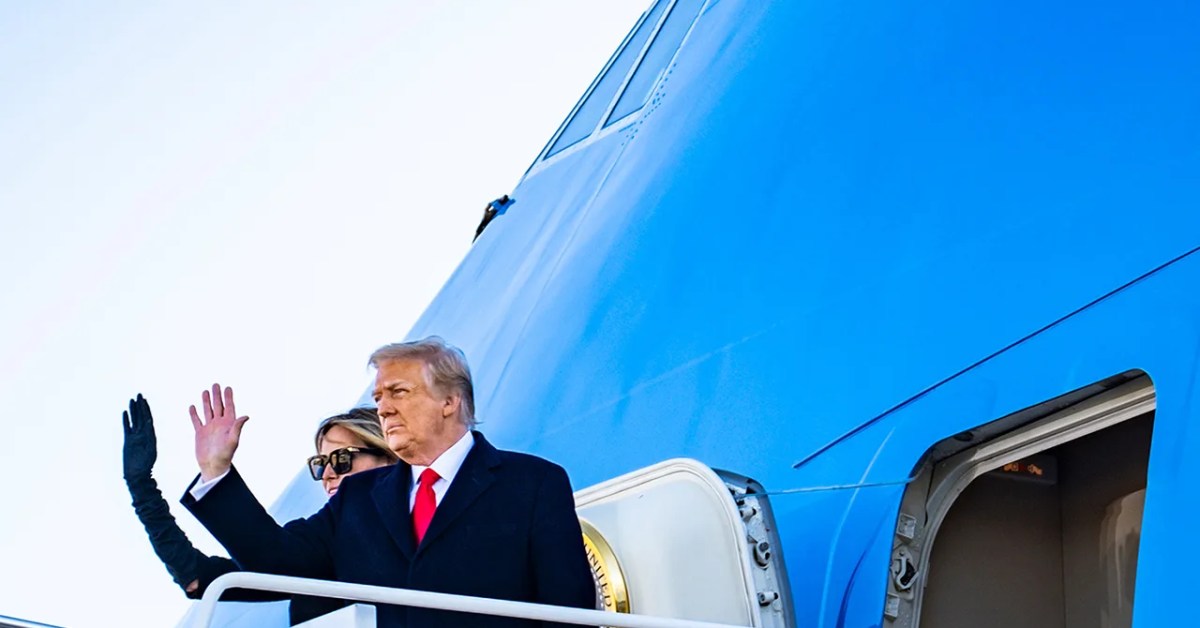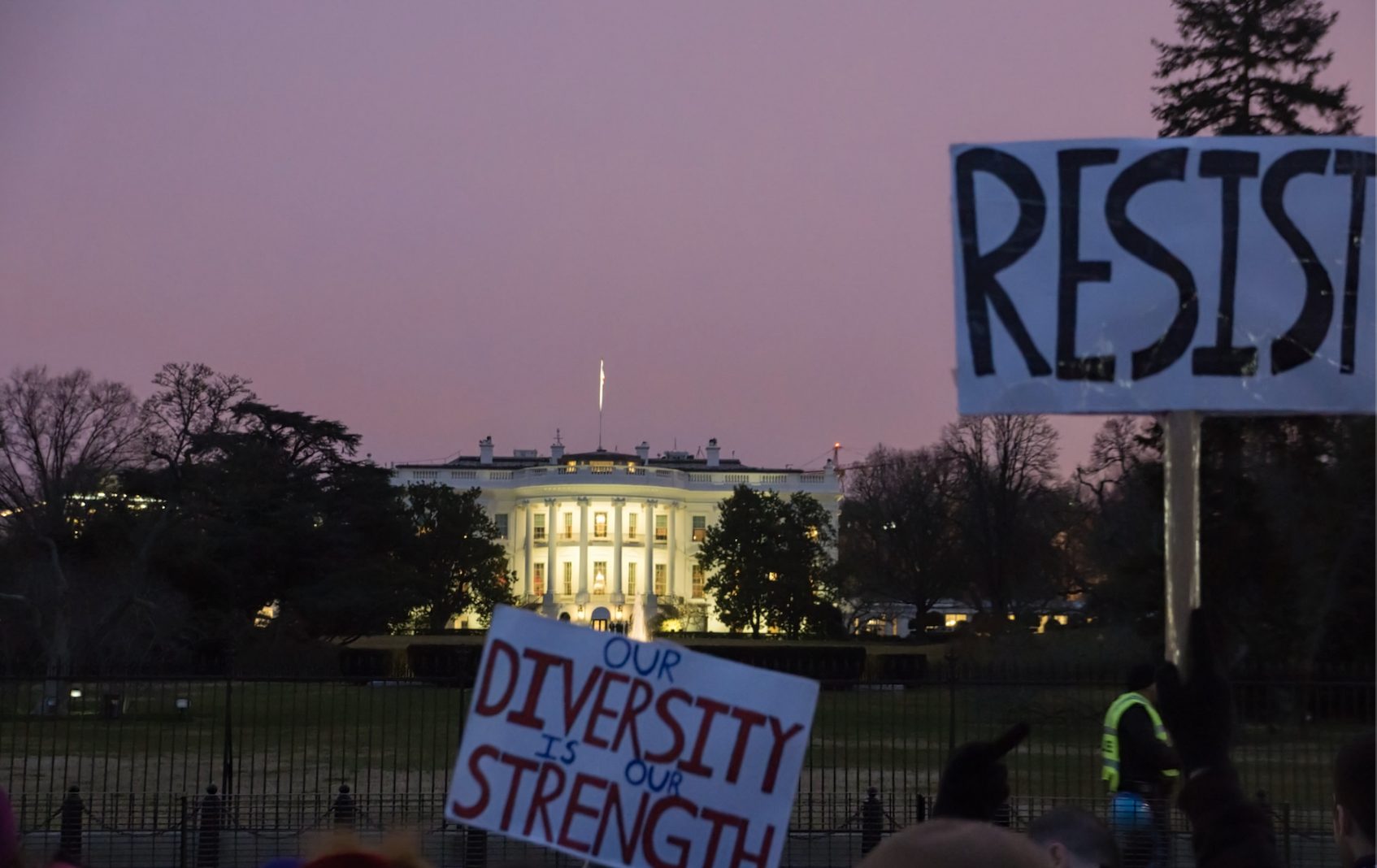Former president Donald Trump is campaigning on the most significant increase in tariffs in close to a century, preparing an attack on the international trade order that would likely raise prices, hurt the stock market and spark economic feuds with much of the world.
Trump’s trade plans, a staple of his stump speeches, have fluctuated, but he consistently calls for steep duties to discourage imports and promote domestic production. The former president has floated
“automatic” tariffs of 10 percent to 20 percent on every U.S. trading partner, 60 percent levies on goods from China, and rates as high as 100, 200 or even 1,000 percent in other circumstances.
The consequences would be far-reaching: Americans would be hit by higher prices for grocery staples from abroad, such as fruit, vegetables and coffee. Domestic firms dependent on imports would need to either figure out new supply chains or raise costs for consumers. U.S. manufacturers would almost certainly see sharp declines in orders from abroad as foreign nations impose retaliatory tariffs.
“We are talking about a plan of historic significance: It would be enormous, and the blowback would be even more enormous,” said Douglas A. Irwin, an economist at Dartmouth College who authored a 2017 book on the history of U.S. trade policy. “This would stand way off the charts.”
Companies and governments around the world have begun preparing contingency plans for the potential Trump tariffs. Diplomats and business leaders from Latin America, Europe, Asia and even Canada have in recent weeks asked their U.S. counterparts about Trump’s intentions and authorities, according to interviews with several domestic and international economic advisers, some of whom spoke on the condition of anonymity to reflect private planning.
Trump says his plan would force other countries to back off what he has claimed are abusive trade practices. And while high tariffs could force many firms to move jobs and production to the United States to access the world’s largest market, doing so would come at a high, disruptive cost.
“The world economies are now so interwoven with each other — to rip and pull that apart would be incredibly disruptive to the U.S.,” Irwin said. “It would really ripple through the economy in ways that are very hard to predict.”
The U.S. imports more than $1 trillion worth of goods annually used directly by consumers: inexpensive electronics from China; food from Latin America and Canada; pharmaceuticals produced in India and Mexico. Tariffs of 20 percent on all imports could amount to a more than $4 trillion tax hike over the next decade, according to the Committee for a Responsible Federal Budget, a nonpartisan think tank.
Gas prices would increase by as much as 75 cents per gallon in the Midwest, where most refined products come from Canada, according to Patrick De Haan, an analyst at GasBuddy. Overall, the Peterson Institute for International Economics said Trump’s tariffs would cost the typical household $2,600 per year; the Yale Budget Lab said in an estimate released Wednesday that the annual cost could be as high as $7,600 for a typical household. As a share of their income, the poorest Americans would pay 6 percent more with 20 percent tariffs, compared with 1.4 percent more for the richest 1 percent.
“We’re not talking about caviar — these are things that people have to buy. They’re essentials,” said Neil Saunders, a managing director at the analytics company GlobalData.
Economists say it would take several painful years for alternative domestic producers to emerge for many goods. For instance, almost all shoes and 90 percent of tomatoes sold in the country are imported
, according to the Peterson Institute. And the United States does not even have the climate necessary to produce many food items — such as coffee, bananas, avocados, to say nothing of Chilean sea bass — at the necessary scale to meet domestic demand, said Joseph Politano, an economic analyst
who has written on the subject on his Substack.
Trump’s tariffs would also reverberate through Wall Street and global markets, inviting turmoil that would affect investors and companies worldwide. Those effects would probably be felt quickly.
Many analysts are hopeful that a stock market panic would dissuade or prevent Trump from carrying out his plans. The investment bank UBS projected that a 10 percent universal tariff could lead to a 10 percent contraction in the stock market (European and Chinese stocks would fall by even more). U.S. multinationals are heavily dependent on foreign subsidiaries, and retailers, auto manufacturers and other industrial sectors would be hit the hardest, according to UBS.
Trump and his advisers express confidence that tariffs can be an effective tool to cajole other countries into complying with his demands. But many may respond by imposing trade restrictions of their own on U.S. exports.
During Trump’s first term, the European Union imposed retaliatory tariffs on everything from U.S. corn to Harley-Davidson motorcycles. China reduced purchases of food products made in the Midwest, leading the Trump administration to
approve a $30 billion bailout for farmers.
While the discussions are preliminary, officials in Canada, the European Union, China, India and elsewhere are already working through options to respond to another potential Trump trade war. The retaliation could be harsher this time: Canada, for instance, could cut off access to lumber, aluminum and steel. Boeing aircraft and U.S. vehicle exports could be threatened. Some analysts believe China could devastate U.S. farming exports.
“Day one, if there’s a 10 percent tariff put in place, day two, there’s going to be retaliatory tariffs from all of our trading partners,” said John Veroneau, a trade attorney with Covington & Burling, who served as deputy U.S. trade representative under President George W. Bush.









